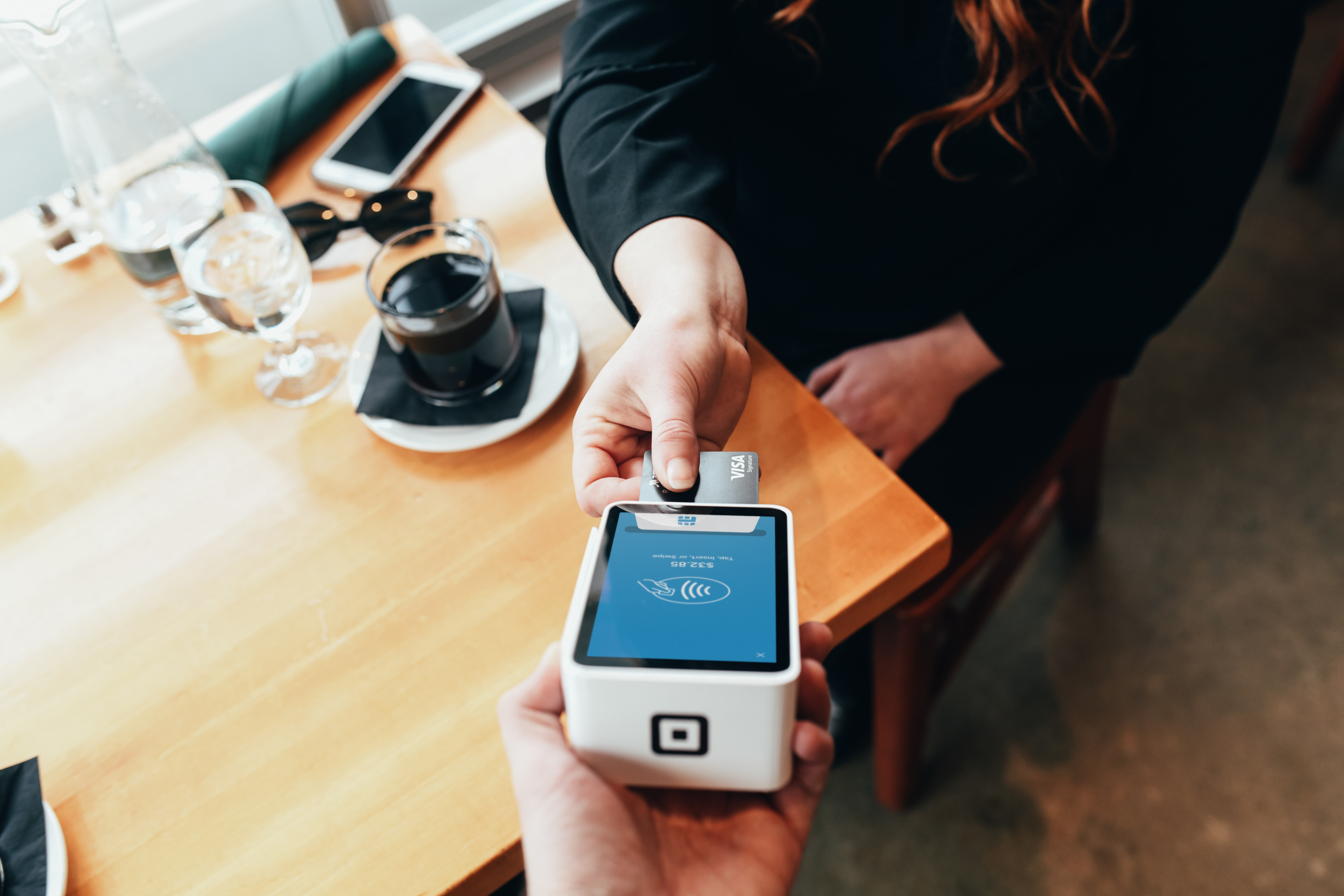
YOU TALKIN' TO ME? CHATBOTS MIGHT NOT BE HERE YET.
Science fiction has had mixed results predicting the future.
Science fiction has had mixed results predicting the future. Star Trek called the smart phone (sort of), and Jules Verne hit a few targets with the submarine, helicopter, and moon landing (although his steampunk aesthetic predicted your laptop would probably have a chimney).
But recently, we’ve really dropped the ball. We’re only now unlocking our phones with our faces, we’re yet to send a single tourist to space, and we're still waiting for our hoverboards, jet packs and flying cars (the "flying cars" making the rounds now look like no one ever thought an open propeller at head height might be dangerous)
As if we didn’t have enough to mope about, another sci-fi disappointment arrived on our doorstep in mid-2016 - the chatbot. This time, it was silicon valley billionaires, not TV writers, making the promises, so consumers sat up and paid attention.
But instead of ushering-in a new era by simulating the elation of a great conversation (either auditory or textual), they only mimicked the disappointment of a New Year’s Eve party - we got all dressed up for a night of adventure only to end up crying in the bathroom.
The Fiction - 2018: A Chatbot Odyssey
There was a great big beautiful tomorrow, and it was just a chatbot away! 2018 really was supposed to be the golden age of chatbots - here’s how it was supposed to look.
The Turing test defeated, our mornings would start with a kind voice welcoming us to the day (the specific tone would be matched to our search history). If your hair was shabby, you’d ask her to book a haircut. She’d make the booking, then put it in your calendar, (she’d leave time to walk from the lunch date she booked you yesterday).
At work you’d get more done after welcoming our chatbot overlords, with customers looked after by Kelly, the customer service bot. She’d take no breaks, and expect no raises. She’ll also send your mum flowers, but remind you to take credit for it.
The Reality - Episode 1: The Chatbot Menace
Despite years of hype and a venture capital fuelled budget, the reality of chatbots hit us like a pile of midichlorian flavoured mud from a Naboo swamp.
Admittedly, that might be a little unfair to chatbots. But our Ben Boyter says most have failed to live up to expectations.
“I find most chatbots to be fairly dumb”, Boyter says.
“The experience is so poor that a well designed web page could achieve the same result, for a fraction of the cost and frustration.”
Chatbots were promised to be the next big thing in tech, replacing sales teams, apps, and websites. But instead of iRobot, we got iNobot.
Here are a couple of reasons for that.
Chatbots aren’t different enough
When computers switched from text-based input to Graphic User Interfaces (or GUIs, those pretty clickable pictures), the way humans interacted with computers fundamentally changed.
We’re visual creatures, and seeing our options visually suits the way we work. In solving a basic problem, GUIs made computers at least ten times easier to use.
Chatbots don’t offer the same value proposition yet. As Ben explains, chatbots are usually just an alternative to a search engine. A worse one, mostly.
“Chatbots generally want you to follow a clear flowchart of question actions. A good search engine is still a better option,” Ben says.
“At least if I search for the wrong thing I’ll get no results rather than ‘I don't understand’. Or I might get a page of results to work through. There’s just more information and it lets me reach my goals faster. Considering how far ahead of chatbots search engines are, I think this is a better use case for every chatbot I’ve ever seen.”
Chatbots didn’t get good enough fast enough
There might be a parallel dimension where chatbots did live up to the hype. There, they quickly improved enough to be genuinely useful, even if only for a few basic tasks.
But Ben says our universe wasn’t so lucky - at least not yet.
“The biggest heartbreak is that chatbots are mostly just a flow diagram with a horrible user interface”, he says.
“It’s frustrating for those who aren’t tech savvy - you should see my Dad two-finger-typing his questions. They’re also annoying for those who work with tech, because we know it’s a waste of time.
“I mean, some bots can’t even cope with spelling errors. What chance do they have with slang, or other technical questions? The technology just isn't there.”
Back to the future: Is there a sequel for the chatbot?
Chatbots aren’t going the way of Betamax or Google Glass just yet. The early success of voice assistance like Amazon Alexa and Google Home, which are essentially voice-chatbots, have given consumers and developers proof of worthy applications.
For a chatbot to be useful it needs to offer something more than we get from a webpage, search, or app - or something different at least. Natural Language Processing also has to be good enough not to frustrate users before resolving their query.
Machine Learning will help. Instead of building basic flowchart chatbots, developers will need to create bots that use the inputs of users to improve itself.
But the biggest wins will come from personalisation. A bot answering a question is great, but to be as game changing as the GUI, chatbots should know what you want before you realised you want it.
Chatbots might still be late-bloomers in the imagination-to-innovation product cycle. If so, they could still be a genuine game-changer.
They’d be the first interaction most consumers would have with advanced artificial intelligence. And that’s where some of the greatest potential for our society’s future is held.
I mean, that or Skynet.
TAGS
AI
Humour
Amazon
Ethics
DISCOVER MORE






